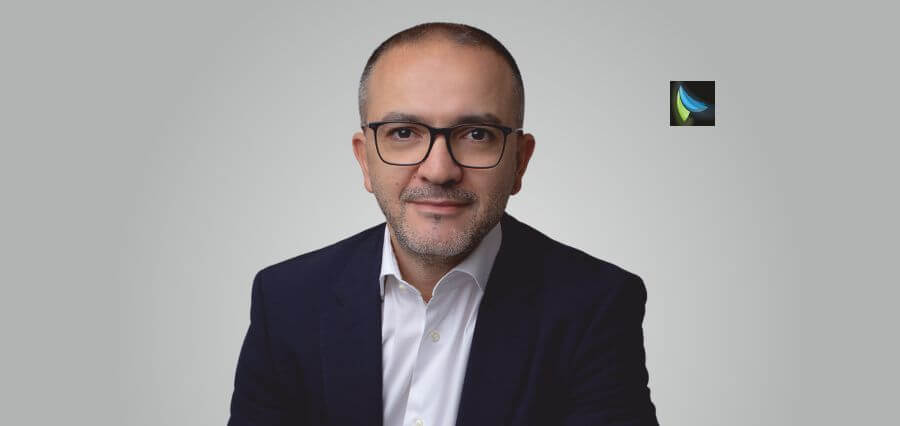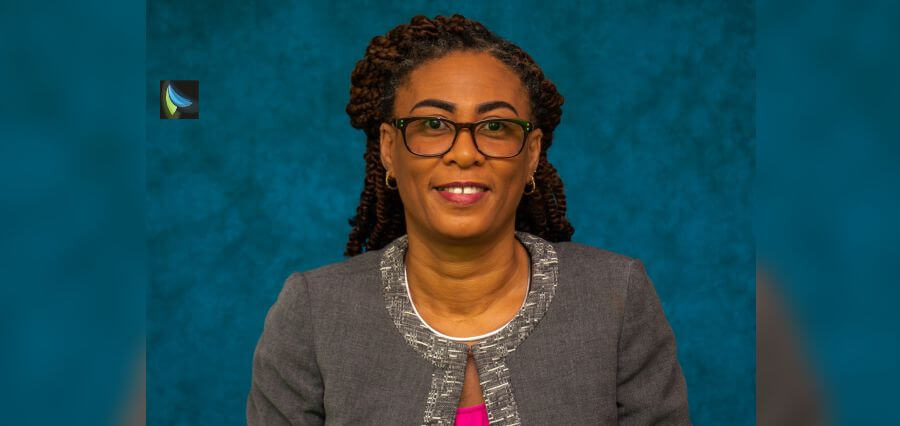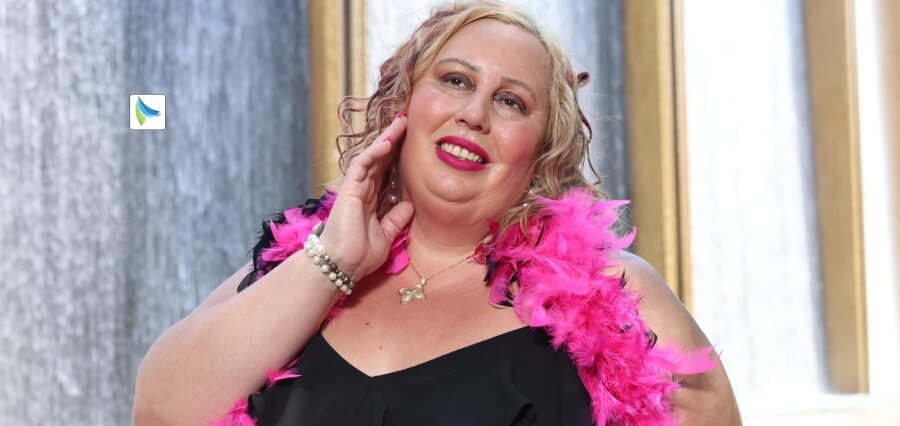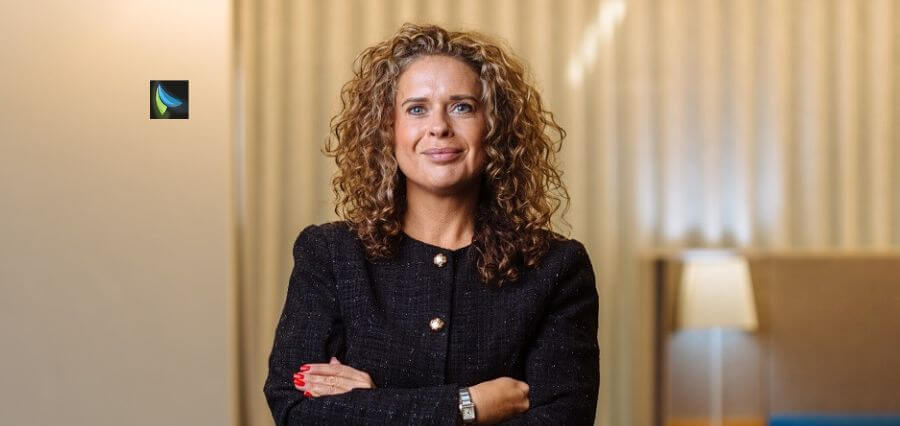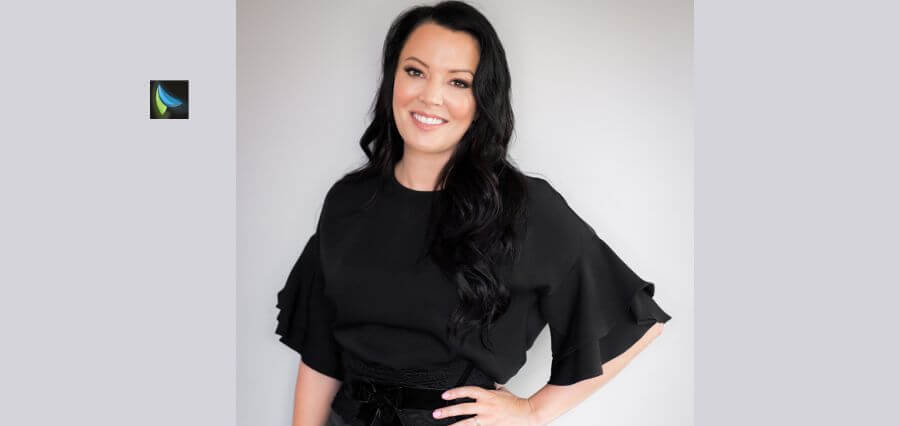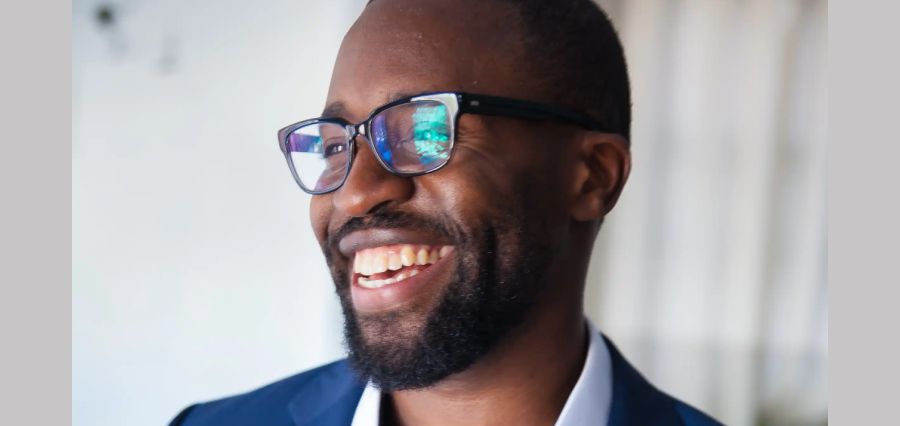Risk is not just about threats; it’s about opportunities too.” – Sharmyn Powell. In the high-stakes world of central banking, where every decision can have far-reaching consequences, Sharmyn Powell stands as an alarm of calm and strategic brilliance. As the Chief Risk Officer of the Eastern Caribbean Central Bank (ECCB), she has carved a path of excellence, directing the complex sector of risk management with precision.
Her journey to the pinnacle of her profession began with a solid foundation in chartered accounting. Her analytical skills and meticulous attention to detail soon propelled her into the realm of risk management, where she found her true calling. It was no surprise when the ECCB recognized her exceptional talents, promoting her to the coveted role of Chief Risk Officer in 2016.
Under Sharmyn’s leadership, the ECCB has undergone a transformative shift, adopting an enterprise risk management (ERM) framework that has become the cornerstone of its operations. Her influence extends widely across the bank as she spearheaded the creation of “Talking Risk,” a publication that simplifies the concept of risk management and fosters a culture of risk awareness throughout the organization.
But her impact doesn’t stop there. As the Chairperson of the Bank’s Fintech Working Group, she has played a pivotal role in navigating the complex world of financial technology, ensuring that the ECCB remains at the forefront of innovation while mitigating potential risks. Her strategic vision and collaborative approach were instrumental in the successful launch of the DCash Pilot, an innovative initiative that positions the ECCB as a trailblazer in digital currency.
With her extensive expertise and enthusiasm, Sharmyn has transcended the boundaries of her role, contributing her invaluable insights to various committees and initiatives within the ECCB. Her achievements have solidified her reputation as a true titan in the field of risk management, a leader whose influence extends far beyond the Caribbean region.
Below are the interview highlights:
Can you provide a brief overview of your journey in the field of risk management and how it has shaped your professional trajectory?
Having served in various capacities across the Eastern Caribbean Central Bank (ECCB) over 20 years, I was appointed as the Chief Risk Officer at the ECCB in September 2016. In assuming this role, I had responsibility for the development and implementation of the Bank’s Enterprise Risk Management (ERM) function.
Although there were existing risk management practices across the bank, they followed a more siloed approach, which was not fully effective. In this new role, I had the opportunity to develop the Bank’s ERM Policy and Framework including the Bank’s Risk Appetite Statement (following consultation with the Board of Directors), the risk management process, and risk reporting tools, as well as establish the risk reporting structure. Having developed the function, I then had the responsibility of implementing it across the bank.
My appointment to the role of Chief Risk Officer was the beginning of a very insightful journey in risk management. It allowed me to gain significant exposure to a wide range of business areas as I engaged in extensive research and interactions to inform the development of the framework. I also gained a deeper understanding of the various departments’ operations across the bank as part of the ERM implementation.
As the process evolved, this new assignment catalyzed the advancement of my career through an expanded professional network and presented opportunities to enhance and share my knowledge through various forums and assignments both within the bank and externally. It also helped tremendously in improving my professional maturity.
Who or what inspired you to pursue a career in risk management, and how have those influences impacted your approach to the field?
As a certified accountant, the concept of risk management was part of my DNA, as I already had an analytical mindset and a focus on details. However, the actual shift away from accounting to full-time risk management was precipitated by the bank’s decision to establish an ERM function.
Governor Antoine expressed his confidence in my suitability for the assignment based on the recommendations received as well as our interactions since his assumption of office early in 2016. I was also encouraged to ‘take on the challenge’ by the then-Managing Director, Mrs. Jennifer Nero, who was confident that my formal training in accounting as well as my years of experience at the bank had adequately prepared me for the role.
I recall the response from the former Governor, the late Sir K. Dwight Venner, when I informed him that I had been appointed as CRO; he commented, “That is no surprise; you are more than prepared for that role.” He then said, “You are now in the boys’ club,” referring to the book that he had gifted me on his departure from the bank, ‘Breaking into the Boys’ Club: 8 Ways for Women to Get Ahead in Business.’
In considering this new opportunity, I was also influenced by my passion for interrogation, getting things right, and ‘thinking outside the box’ when executing tasks. Admittedly, the inherent downside of being ‘unpopular’ in light of the natural intrusive nature of risk management was not overlooked, but given my years of experience, particularly at the management level of the bank, I felt prepared for the challenge. The support I received from the bank’s executive throughout the journey, particularly in the earlier years, as well as various colleagues across the bank, together with exposure to formal risk management training and opportunities for interaction with other risk professionals worldwide to gain new perspectives and mature as a professional, have also been major contributors to my success.
Reflecting on your career, what are some key milestones or achievements that you consider defining moments in your journey?
My first major achievement as CRO was the drafting of the bank’s risk appetite statement and ERM policy and framework, which were reviewed and endorsed by an external consulting firm that had a well-established risk management program.
Given the intricacies of the bank’s operations and the importance of these documents in defining the success of the ERM function, this was very challenging. Having implemented the framework, the expressions from the Executive Committee and Board Audit and Risk Committee on the utility of this new function also underscored its positive impact.
The creation of the animated series “Talking Risk” is also one of my treasured achievements. This was a 12-week print series that I authored to help staff better understand the risk management process using everyday examples that people could identify with. The initiative was applauded at all levels across the bank and is still regarded as a key tool for people to gain a better understanding of risk management.
My appointment as the Chairperson of the Bank’s Fintech Working Group, which was charged with the development of a digital version of the EC currency, is one of my most notable achievements to date and has been a game changer in my journey as a risk professional. Although the role was not one that solely involved risk management, my experience as Chief Risk Officer was a key determinant in the selection.
In this role, I was required to apply my knowledge and skills to the management of all key risk areas to ensure the proper execution of the project. Most importantly, the bank’s reputation had to be closely guarded throughout the process, and the management of this key risk area remained at the forefront. The historic launch of the DCash Pilot in March 2021 was a major achievement and a significant milestone in my journey. This particular assignment not only deepened my experience in risk management but also created a wide range of new opportunities, including speaking engagements, appointments to committees with international participation, and recognition in various media, which have significantly expanded my reach as a professional.
In the dynamic field of risk management, challenges are inevitable. Can you share a significant challenge you faced and how you navigated through it?
The most significant challenge for me as a risk manager has been changing the risk culture at the organization. The proverbial ‘resistance to change’ necessitated the implementation of various measures to advance the process. One such intervention was the utilization of an external consultant to assist with the implementation process as persons tend to be ‘more receptive’ to such strategies.
In addition, one-on-one sessions were held with each department across the bank to provide a deep dive into the risk management function, highlighting individual and collective roles and, most importantly, reinforcing the benefits of risk management in improving overall productivity. The reliance on the Executive Committee to set the ‘tone from the top,’ requiring managers to embed risk management in their departments’ work programs, was also a measure used to overcome the challenge. It remains a work in progress as we navigate the continuous changes in the risk landscape.
What innovative strategies or approaches do you employ in risk management to adapt to evolving threats and uncertainties?
We have assigned Risk Liaisons in each department with responsibility for the coordination of their departments’ risk functions in collaboration with the management team. This improves accountability and provides a single point of contact in each department to advance risk matters.
There is also a robust process that requires departments to conduct ongoing surveillance of the operating environment and risk landscape relative to their respective work programs and identify any emerging risks that require attention. The establishment of a Risk Management Committee with management representation from all departments has also proven beneficial in ensuring consistency in the process and a comprehensive review of all existing and potential risk areas.
How do you foster collaboration within your team and across departments to ensure a comprehensive and effective risk management framework?
Regular team meetings and capacity-building sessions are the main tools used to build cohesion within the risk department. This also allows for knowledge sharing and continuity in the event of absences. Across the bank, the risk management department arranges annual one-on-one sessions with departments to discuss the bank-wide risk management function as well as matters specific to their department.
However, additional sessions may be convened at the request of the risk management department or an individual department. Risk Liaisons are also exposed to capacity building sessions as deemed necessary, in addition to ongoing cross-collaboration.
How would you describe your leadership style, especially in the context of risk management, and how has it evolved over the years?
My leadership style is generally one that is inclusive, taking into consideration all perspectives, allowing different ideas to contend and augured well in advancing the risk management function, and garnering the necessary support and cooperation.
However, as I became more entrenched in the role of Chief Risk Officer and the risk management function expanded, it was necessary, in some instances, to adopt a more ‘focussed’ approach to advance critical tasks and ensure key risks were effectively mitigated and loss to the bank was minimized. The key has been finding the right balance and having the professional maturity to know when to adjust.
When faced with critical decisions related to risk, what factors weigh most heavily in your decision-making process?
Given the nature of the bank’s operations, its roles and functions, and its heavy reliance on moral suasion in its interactions with various key stakeholders, any major negative impact on the bank’s reputation can have significant downstream effects. Consequently, the effective management of reputational risks is always at the center of all critical risk decisions.
How do you incorporate emerging technologies into your risk management strategies, and what impact has this integration had on the efficiency of risk mitigation?
We are constantly seeking innovative ways to improve the risk management process. Having started with Excel templates as the tool for risk reporting, we were able to make modifications and adjustments to ensure the relevant data was being collected.
However, the collation of these reports is an arduous task and introduces inefficiency in the process. We therefore continually explore new technologies that can automate the process, allow for more proactive responses to risk issues, and bring us closer to the vision of having a real-time enterprise view of the bank’s risk landscape. We are hoping to implement a new Governance Risk and Compliance (GRC) solution in short order to achieve this vision.
Beyond your organization, how do you contribute to the advancement of risk management practices within the broader industry or professional community?
Having successfully implemented the ERM function at the bank, I have been invited to share my expertise with other central banks and private sector institutions that are seeking to implement and/or enhance their risk management functions. I also serve on the Audit and Risk Committee of the St. Kitts and Nevis Olympic Committee.
More recently, I have also been able to apply my knowledge of risk management in the execution of my duties as a secondee at the Bank of International Settlements Innovation Hub (BISIH). These opportunities have propelled me to a new level of being regarded as a leading risk professional who could assist in advancing other organizations.




